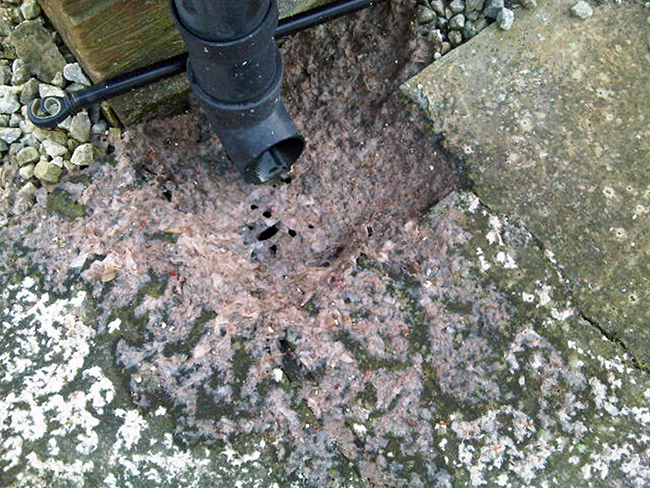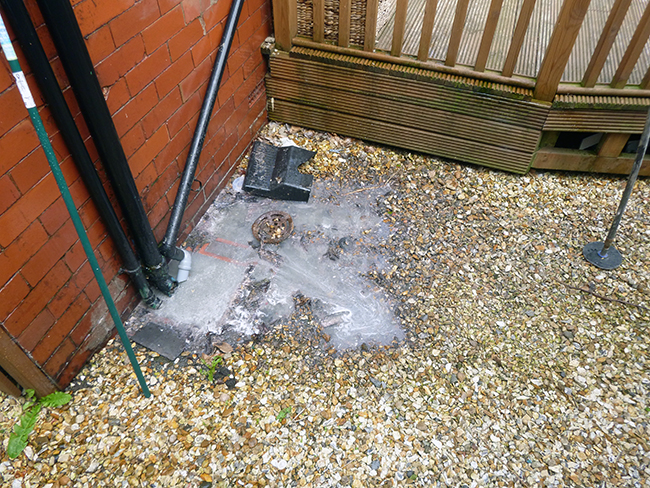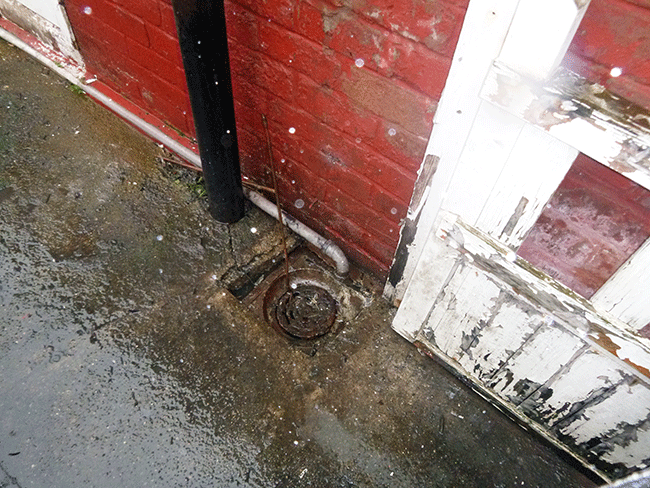Blocked Gullies?
Luckily, blocked gullies can be fairly straightforward to fix yourself if you know how.
Blocked drains and gullies can cause damage to your home and potential flooding if not dealt with quickly and efficiently.
Locating the spot at which the gully is blocked is the first step to fixing the problem. This is a really important step as it will determine how you deal with the situation and save you time and energy in trying different methods. If the blockage is occurring right at the point at which the water enters the gully, it should be fairly easy for you to remove any leaves, twigs and debris that are obviously causing a problem.
If there is a grid protecting your gully, you may also want to remove it and give it a clean, removing any build-up of grease and gunk that may have accumulated. If the gully is blocked further down, you’ll have to try a slightly more sophisticated solution.
Use a drain rod
If you can’t immediately see the problem, it’s best to try and use a drain rod to feel for any obvious blockages. This may also loosen any debris that has collected in the gully and free it up a little, helping with the drain unblocking. It’s best to apply a little pressure, but not to be overly forceful, as you don’t want to cause any permanent damage.
Plunger
If a drain rod doesn’t do the job, your next step is to use a plunger to try and free up the drainage space. If you don’t have a suitable plunger, you can create a makeshift device by wrapping old rags around the head of a mop and securing them tightly. For plungers to work, you need to ensure that the opening of the gully is completely covered by the head of the plunger.
Wash out
If any of these methods clear your drains, then it’s a good idea to wash the gully out thoroughly with cold water from the hosepipe and a little boiling water. This should loosen any remaining debris and clear the pipe properly.
If none of these methods work, don’t hesitate to give us a call at on 07758 088472.








